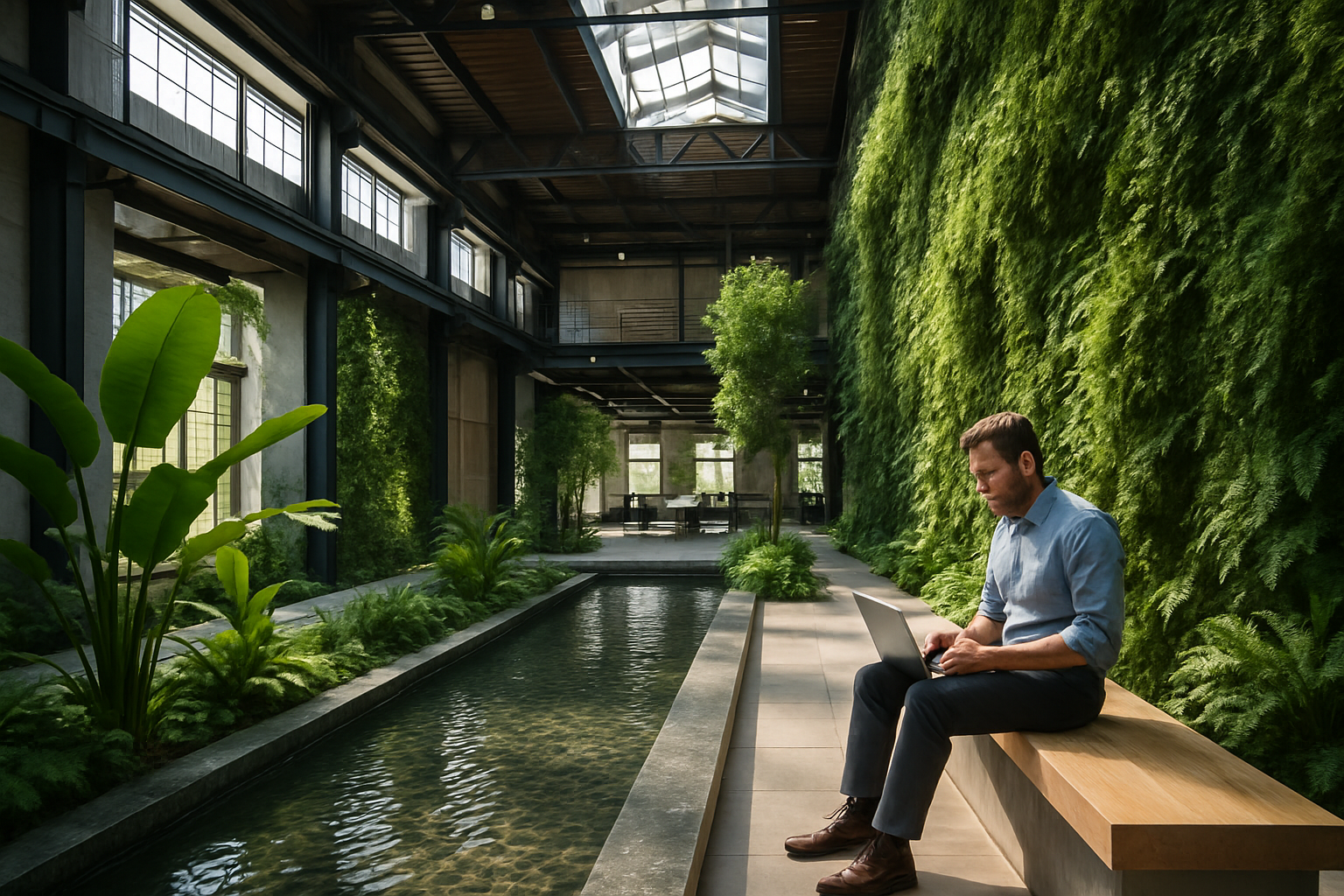Embracing the Wabi-Sabi Aesthetic in Modern American Homes
The quest for perfection in home design often leaves us feeling overwhelmed and unsatisfied. Enter wabi-sabi, a Japanese philosophy that celebrates the beauty of imperfection and transience. This ancient concept is finding new resonance in American homes, offering a refreshing counterpoint to the polished minimalism that has dominated interior design trends. As we explore the principles of wabi-sabi and its application in contemporary spaces, we'll discover how this timeless approach can transform our living environments into havens of authenticity and tranquility.

Origins and Philosophy of Wabi-Sabi
Wabi-sabi has its roots in 15th-century Japanese tea ceremonies, where simplicity and rustic elegance were prized over opulence. The term combines two concepts: wabi, which refers to the beauty found in simplicity, and sabi, which embraces the passage of time and the marks it leaves behind. Together, these ideas form a worldview that finds beauty in the flawed and fleeting nature of existence.
In traditional Japanese culture, wabi-sabi manifested in architecture through the use of natural materials, asymmetrical designs, and spaces that embraced shadows and negative space. These principles stood in stark contrast to Western ideals of symmetry, grandiosity, and permanence. As wabi-sabi makes its way into American homes, it brings with it a refreshing perspective on what makes a space truly beautiful and livable.
Key Elements of Wabi-Sabi Design
To incorporate wabi-sabi into your home, focus on these key elements:
-
Natural Materials: Opt for organic materials like wood, stone, and clay. Choose pieces that show their age and imperfections, such as reclaimed wood furniture or handmade pottery.
-
Muted Color Palette: Embrace earthy tones and neutral colors inspired by nature. Think soft greys, warm browns, and muted greens.
-
Simplicity: Declutter your space and focus on items that are functional or hold personal meaning. Avoid excessive ornamentation.
-
Asymmetry: Break away from perfect symmetry in your layouts and decor choices. Embrace the beauty of uneven arrangements and organic shapes.
-
Patina and Wear: Celebrate objects that show signs of age and use. This could include weathered metal, crackled ceramics, or furniture with a well-worn patina.
Implementing Wabi-Sabi in American Homes
While wabi-sabi has its roots in Japanese aesthetics, it can be seamlessly integrated into American homes with thoughtful application. Here are some ways to bring this philosophy into your living spaces:
-
Embrace Imperfection: Instead of hiding flaws, celebrate them. A chipped vase or a scratched table can be seen as adding character rather than detracting from beauty.
-
Incorporate Handmade Items: Support local artisans by including handcrafted pieces in your decor. These items bring a sense of authenticity and uniqueness to your space.
-
Create Cozy Nooks: Design intimate spaces within your home that encourage relaxation and contemplation. A window seat with worn cushions or a reading corner with a weathered armchair can embody the wabi-sabi spirit.
-
Bring Nature Indoors: Use plants, branches, and natural found objects as decor. A vase of wildflowers or a bowl of smooth river stones can add a touch of wabi-sabi charm.
-
Play with Texture: Mix rough and smooth textures to create visual and tactile interest. Pair sleek surfaces with raw, unfinished materials for a balanced look.
The Psychological Benefits of Wabi-Sabi Spaces
Adopting a wabi-sabi approach to home design can have profound effects on our well-being. In a world that often demands perfection, wabi-sabi spaces offer a respite from these pressures. By surrounding ourselves with objects and environments that embrace imperfection, we can learn to be more accepting of our own flaws and the natural aging process.
Research has shown that environments that incorporate natural elements and textures can reduce stress and improve overall mood. The simplicity and mindfulness inherent in wabi-sabi design can also promote a sense of calm and focus, making our homes true sanctuaries from the chaos of the outside world.
Wabi-Sabi and Sustainability
One of the most compelling aspects of wabi-sabi for modern American homeowners is its alignment with sustainability principles. By valuing and preserving older items, embracing natural materials, and resisting the urge to constantly update our spaces, we can reduce our environmental impact significantly.
Wabi-sabi encourages us to think differently about consumption and waste. Instead of discarding items when they show signs of wear, we learn to appreciate their evolving beauty. This mindset can lead to more mindful purchasing decisions and a reduction in the disposable culture that has become so prevalent in home decor.
Challenges and Considerations
While the wabi-sabi aesthetic offers many benefits, it’s important to approach it with understanding and respect for its cultural origins. Avoid falling into the trap of cultural appropriation by taking the time to learn about the philosophy behind the aesthetic choices.
Additionally, balancing wabi-sabi principles with modern American lifestyles can be challenging. It’s important to find a middle ground that respects the philosophy while still meeting the practical needs of your household. This might mean incorporating wabi-sabi elements into specific areas of your home rather than adopting a purist approach throughout.
The Future of Wabi-Sabi in American Design
As more Americans seek alternatives to the sleek, mass-produced aesthetic that has dominated home design in recent years, wabi-sabi is poised to gain even more traction. We can expect to see its influence in everything from furniture design to architectural choices in the coming years.
Designers and homeowners alike are recognizing the value of creating spaces that tell a story and evolve over time. The wabi-sabi approach offers a framework for doing just that, allowing our homes to become true reflections of our lives and values.
In embracing wabi-sabi, we open ourselves to a new way of seeing beauty in our homes and in the world around us. It’s an invitation to slow down, appreciate the present moment, and find joy in the imperfect journey of life. As we continue to navigate the complexities of modern living, the timeless wisdom of wabi-sabi offers a path to creating homes that are not just beautiful, but deeply meaningful and restorative.





